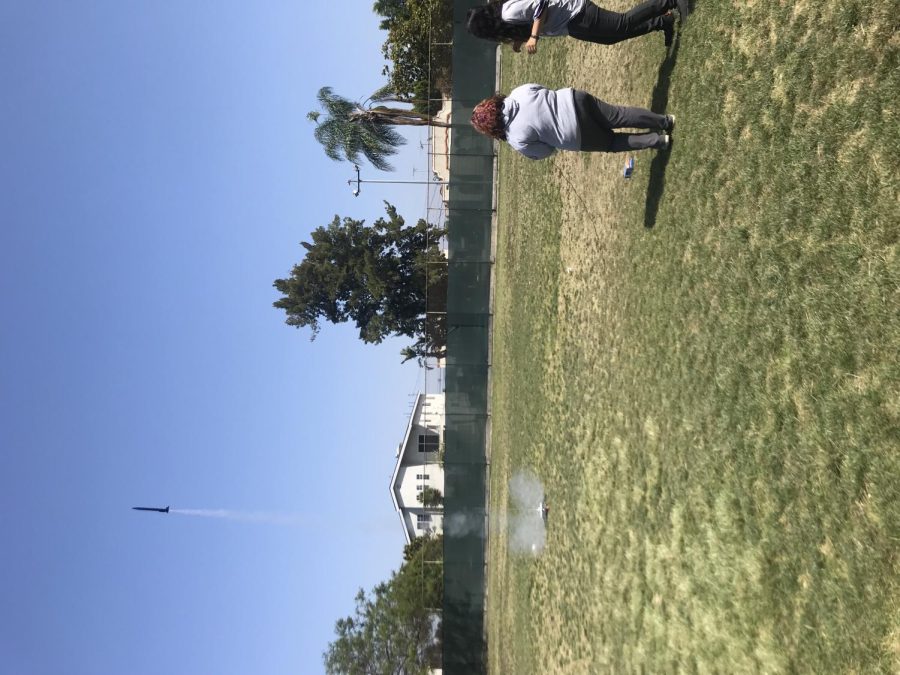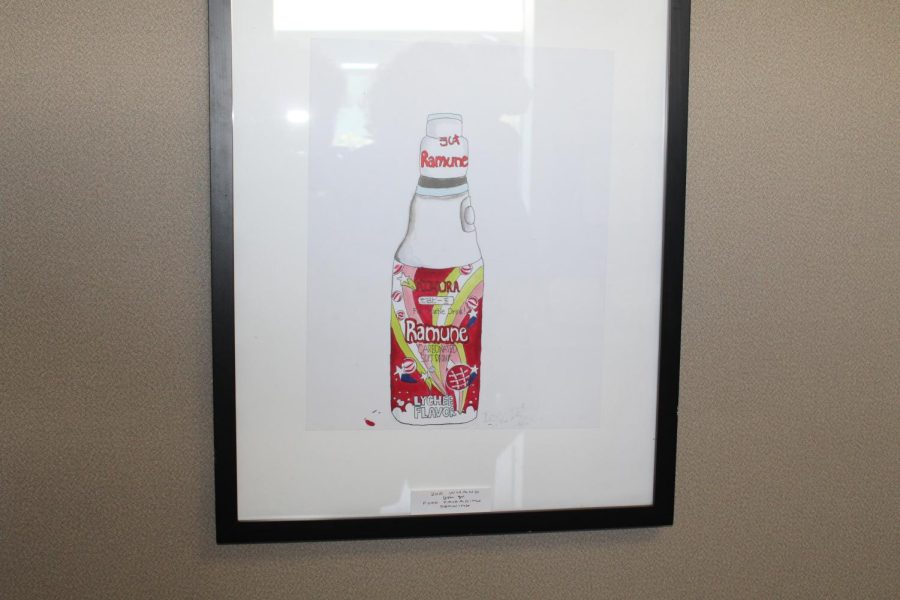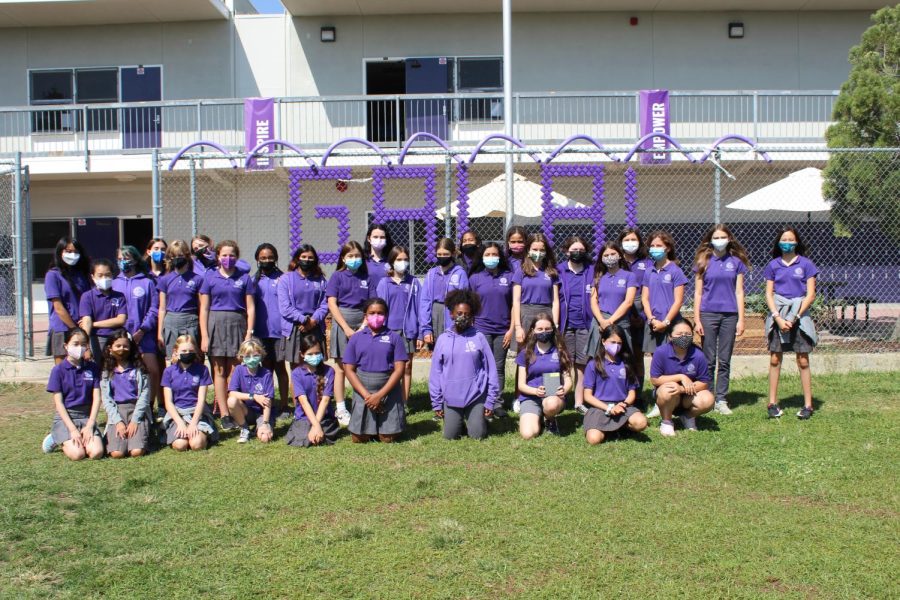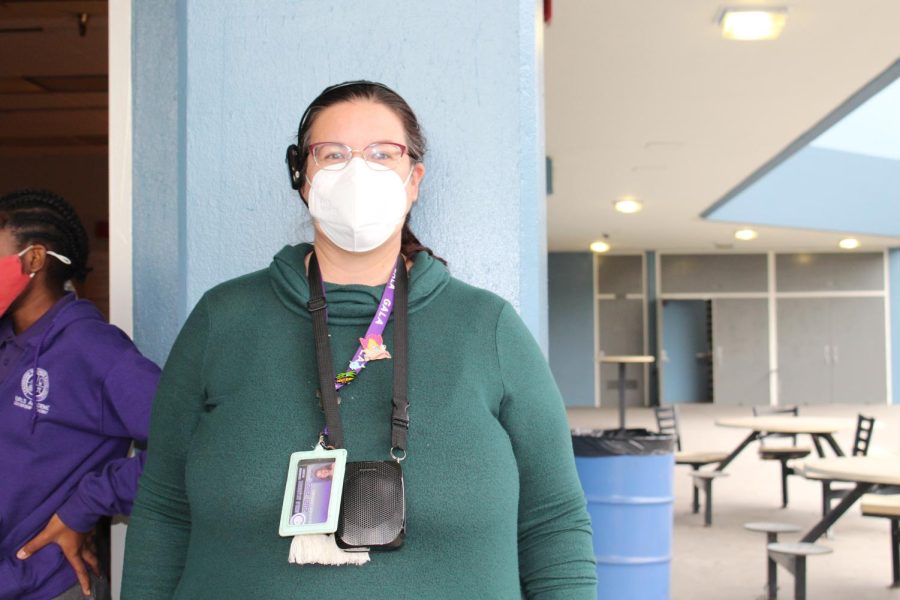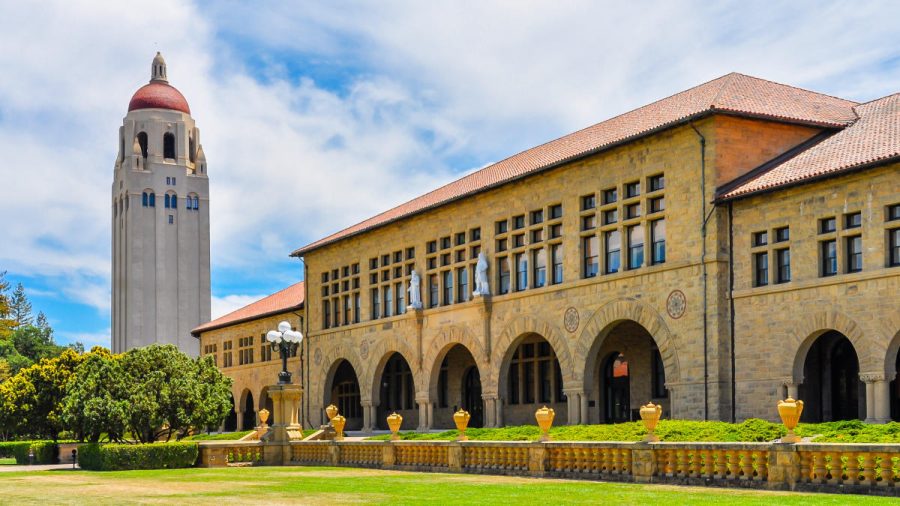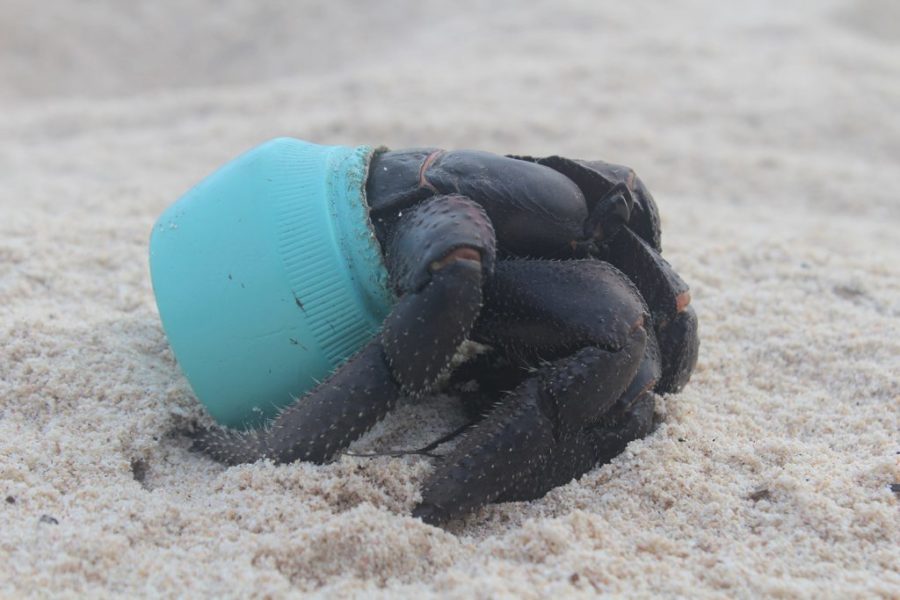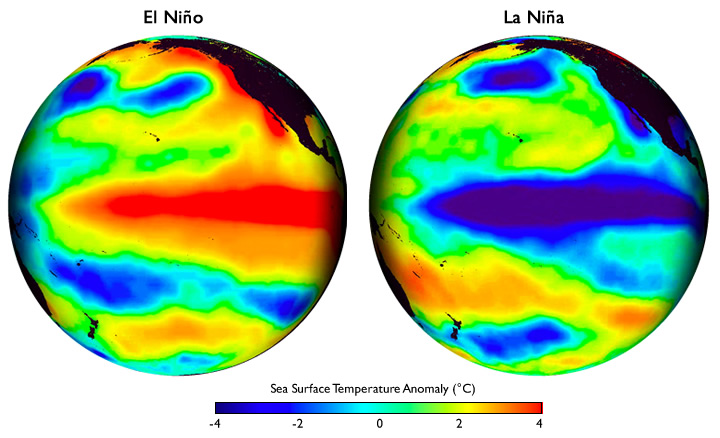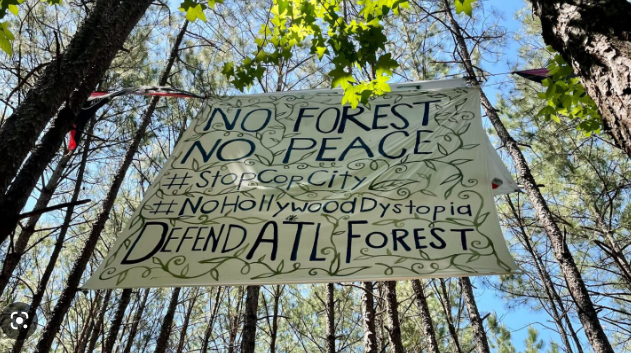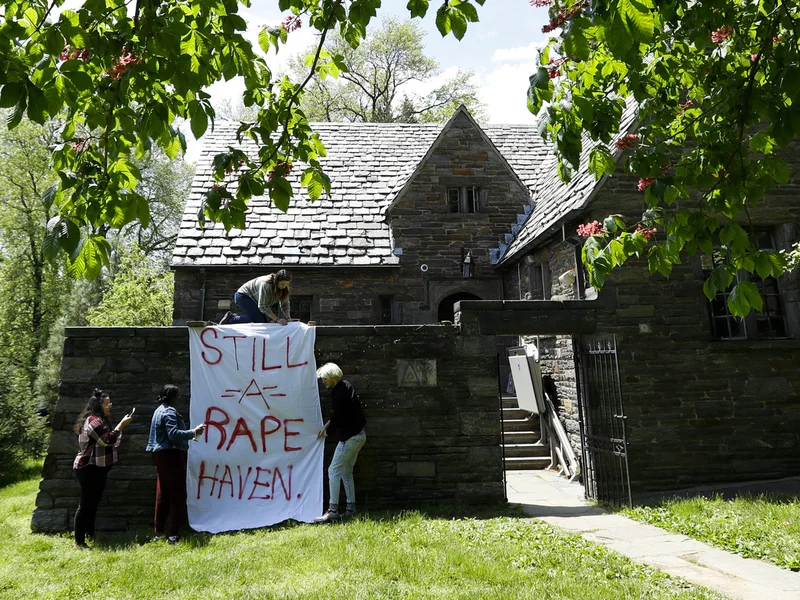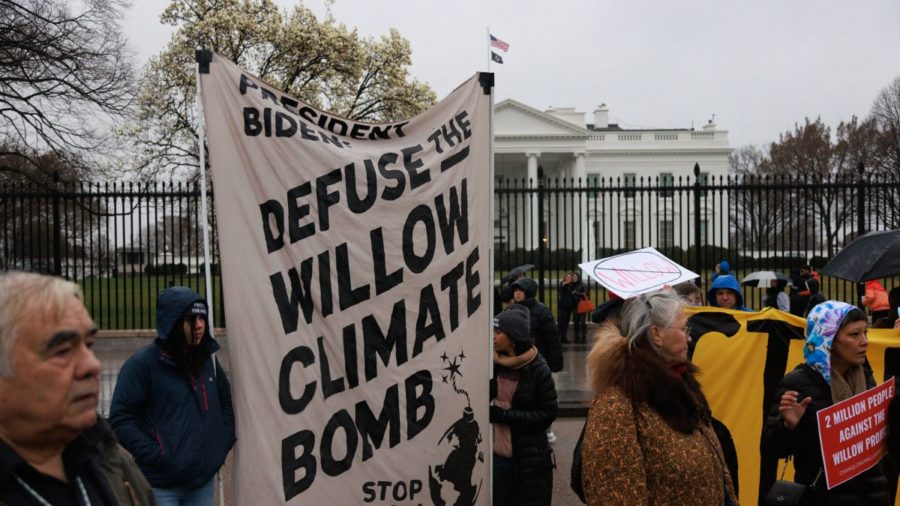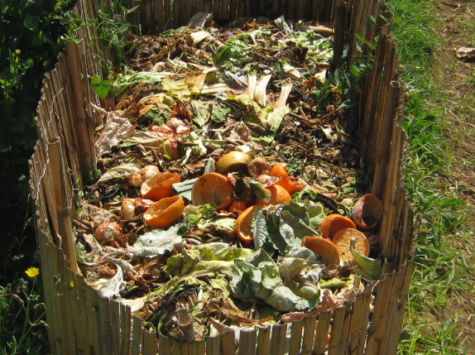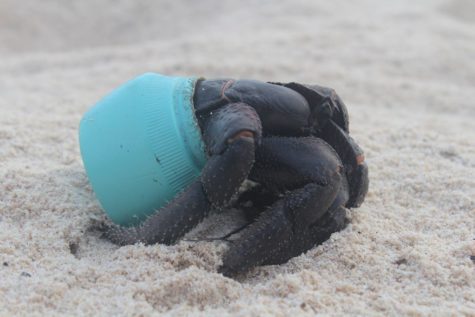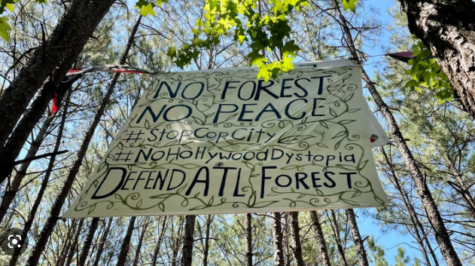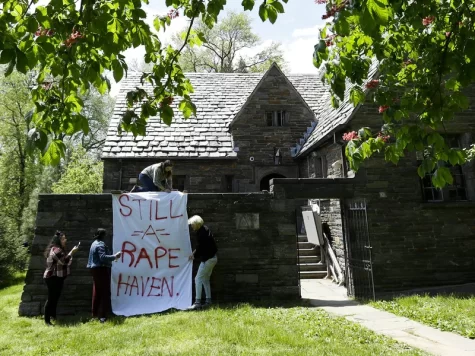Willow Project
U.S. President Joe Biden’s administration announced earlier this month that they have plans to approve a trimmed-down version of ConocoPhillips’ (COP.N) exploration and production project. The Willow oil and gas drilling project announcement shocked climate activists.
The roughly seven billion dollar proposal from COP.N would be located in Alaska, specifically inside of the 93 million-hectare National Petroleum Reserve-Alaska (NPR-A). Pushback from climate activists stems from Alaska containing half of the wilderness area in the United States.
On Monday, March 13, 2023, the Interior Department released a decision in regard to the proposal, reducing the size of the project. The Biden administration denied COP.N two out of five drilling sites. In addition, the administration informed the company they must relinquish rights to a 27518.624-hectare area in NPR-A, including a large wetland area, Teshekpuk Lake, that is globally important for many shorebird and waterbird species.
Additionally, COP.N’s proposed territory in the Bear Tooth Unit was reduced by 33%. According to a press release from the White House, this slight reduction limits the amount of freshwater the project can use, on top of “eliminat[ing] all infrastructure related to the two rejected drill sites, including approximately 11 miles of roads, 20 miles of pipelines, and 133 acres of gravel, all of which reduces potential impacts to caribou migration and subsistence users.”
Under the Trump administration, a large policy focus was independence for American energy. During Trump’s term, the United States became the world’s number one producer of oil and maintained its position as the number one producer of natural gas. In a statement, former Secretary of the Interior David Bernhardt notes that “[the Willow Project] will make a significant contribution to keeping oil flowing down the 800-mile Trans Alaska Pipeline decades into the future while delivering federal and state revenue as well as important impact assistance to the affected native communities.”
In regards to future development in the NPR-A, the Biden-Harris administration announced on Sunday, March 12, 2023, the steps they plan to take to limit industrial development. This starts with the Interior Department initiating maximum protection for Special Areas in the NPR-A, which protects over five million hectares of designated land. This step in the plan is meant to limit future oil and gas leasing in five significant areas in the NPR-A, protecting their habitats in response to outrage expressed by Alaskan Native communities.
Next, the Biden administration plans to designate 1133120 hectares in the Arctic Ocean near APR-A as off-limits indefinitely for oil and gas exploration, in guidance with the Beaufort Sea Planning Area (BSPA) – building upon President Obama’s 2016 withdrawal under the Outer Continental Shelf Lands Act to protect the Chukchi Sea Planning Area. The withdrawal will work to protect the natural habitat for protected species such as whales, seals, and polar bears while providing additional protections against future gas developments which seek to source oil and gas from NPR-A.
In February 2023, the Bureau of Land Management (BLM) published a statement outlining a preferred alternative that removes twenty percent of the drill pads proposed by COP.N. BLM was required to undertake a review of the Willow Project to address flaws identified by the United States District Court for Alaska in August 2021’s previous approval for a project with five drill pads.
This review incorporated the opinions of eight agencies, the United States Fish and Wildlife Service, United States Army Corporation of Engineers, Inupiat Community of the Arctic Slope, North Slope Borough, State of Alaska, United States Environmental Protection Agency, Native Village of Nuiqsut, and the City of Nuiqsut, as well as external stakeholders, consistent with the National Environmental Policy Act.
The Interior Department did not back the full proposal and only approved a trimmed-down version to reduce environmental risk. The agency also announced it would remove other portions of the Arctic for eligibility for future drilling leasing.
Director of the Climate Action Campaign, Margie Alt, states in response to the approval of the Willow Project, “..the Willow Project in Alaska will lock in decades of dirty and dangerous oil and gas production and drown out the tremendous environmental and economic opportunities available from transitioning to a clean economy.”
Currently, the Willow Project area is expected to contain around six-hundred-million barrels of oil – compared to the 714 million barrels in the United States Strategic Petroleum Reserve. Alaskan officials hope the Willow Project will offset the production of oil decline, as Alaska’s economy relies on the drilling industry. The project is expected to generate 17 billion dollars in revenue. In an effort to regulate consumer energy prices, Biden noted that United States oil companies should invest in boosting production.

Lorie Aaronson is in her senior year at GALA, and has joined the journalism elective for the second time to segue into their passion -- helping peers and...





